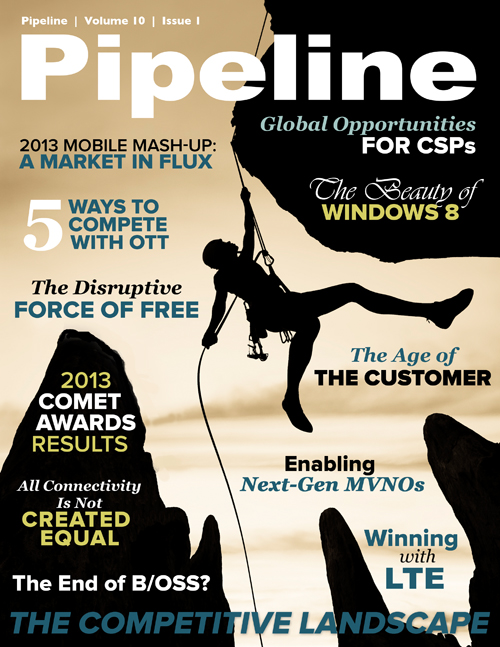The Beauty of Windows 8
The harshest but most legitimate criticisms of Windows 8 have been aimed at the app experience, particularly the availability of apps on Microsoft’s OS in comparison with Apple iOS and Android. This is no small matter—Windows 8’s very existence may depend on the quality of its apps—but despite several attempts to address the problem, Microsoft still lags behind its rivals.
A new study just released by PC management specialists Soluto examines how Microsoft’s own Modern apps (originally known as Metro apps) are used in Windows 8. The early returns aren’t great: on average, just 39 percent of desktop owners operating a Windows 8-enabled PC utilize Modern apps more than once a day, and the numbers don’t improve much with laptop owners (40 percent) or touch-screen laptop owners (42 percent). However, 56 percent of tablet owners use the apps more than once a day.
"But without buzzed-about apps, Microsoft may lose the attention of tablet aficionados who enjoy mobile, one-click access to practical applications for banking, weather, gaming, and a plethora of social-media options. It’s notable that critical enterprise applications (called “software” back in the olden days) such as Microsoft Office are morphing into cloud-based applications, e.g., Office 365, that are smoothly integrated into the company’s mobile experience. But that still doesn’t fill the void created by app juggernauts Apple and Android.
“A billion people don’t get your product until a billion people have your product,” said former Microsoft Windows president Steven Sinofsky during a May 30 appearance at All Things Digital’s D11 conference in California. As for the commercial performance of Windows 8, “It’s hard for me to look at selling 100 million of something and not be happy.”
Microsoft has invested heavily in acquiring ubiquitous technology brands that can be fully incorporated into the Windows 8 experience. Skype is one such brand, and its built-in Wi-Fi capability allows users to connect to the internet at over one million partner hotspots and pay for access by the minute using Skype Credit.
“Skype WiFi is one of Skype’s premium features and is available to all Skype users,” said senior program manager Shadi Mahassel in a recent interview on Roaming World Congress’s website. He’s responsible for building the VoIP service’s data-roaming products and partnering with international access providers—“Skype WiFi plays an important role in helping Skype users connect to the internet while abroad,” he added—which in turn helps expand Microsoft’s global footprint.
The addition of Skype and an enterprise social-network service like Yammer bolsters Microsoft’s position in the apps market, helping it build on its already strong portfolio of Windows and Office products. But the need for practical applications—the kind Microsoft users know, love and rely on—still needs to be adequately addressed.
With the release of Windows 8, Microsoft is pushing its PC success beyond the desktop and into the hands of the mobile consumer. Its move has been bold, and fraught with criticism, but early evidence suggests long-term success. One hundred million Windows 8 licenses later, the odds of hitting a billion users doesn’t sound so crazy, especially since 500 million Windows XP users will need to find a new platform by April 8, 2014.
But what will ultimately win over Microsoft devotees is the human touch, bringing together all of your digital lives to create one seamless personalized experience, all on screens you can touch. With Google scratching at the door of the PC market and Apple struggling to keep its innovation streak alive, Microsoft seems well positioned to do that very thing.



















